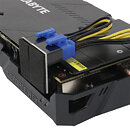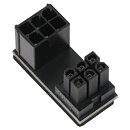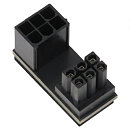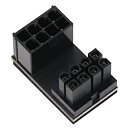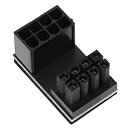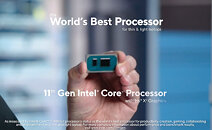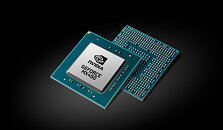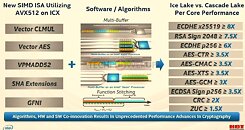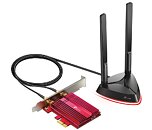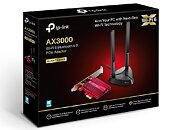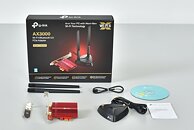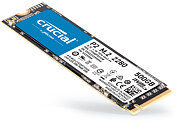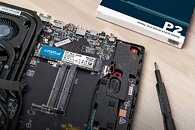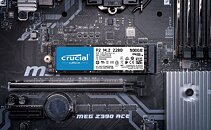Q.ANT Introduces First Commercial Photonic Processor
Q.ANT, the leading startup for photonic computing, today announced the launch of its first commercial product - a photonics-based Native Processing Unit (NPU) built on the company's compute architecture LENA - Light Empowered Native Arithmetics. The product is fully compatible with today's existing computing ecosystem as it comes on the industry-standard PCI-Express. The Q.ANT NPU executes complex, non-linear mathematics natively using light instead of electrons, promising to deliver at least 30 times greater energy efficiency and significant computational speed improvements over traditional CMOS technology. Designed for compute-intensive applications such as AI Inference, machine learning, and physics simulation, the Q.ANT NPU has been proven to solve real-world challenges, including number recognition for deep neural network inference (see the recent press release regarding Cloud Access to NPU).
"With our photonic chip technology now available on the standard PCIe interface, we're bringing the incredible power of photonics directly into real-world applications. For us, this is not just a processor—it's a statement of intent: Sustainability and performance can go hand in hand," said Dr. Michael Förtsch, CEO of Q.ANT. "For the first time, developers can create AI applications and explore the capabilities of photonic computing, particularly for complex, nonlinear calculations. For example, experts calculated that one GPT-4 query today uses 10 times more electricity than a regular internet search request. Our photonic computing chips offer the potential to reduce the energy consumption for that query by a factor of 30."
"With our photonic chip technology now available on the standard PCIe interface, we're bringing the incredible power of photonics directly into real-world applications. For us, this is not just a processor—it's a statement of intent: Sustainability and performance can go hand in hand," said Dr. Michael Förtsch, CEO of Q.ANT. "For the first time, developers can create AI applications and explore the capabilities of photonic computing, particularly for complex, nonlinear calculations. For example, experts calculated that one GPT-4 query today uses 10 times more electricity than a regular internet search request. Our photonic computing chips offer the potential to reduce the energy consumption for that query by a factor of 30."
















































